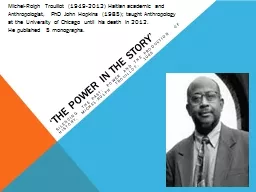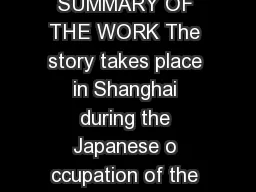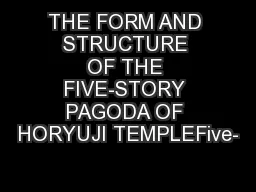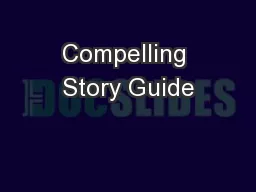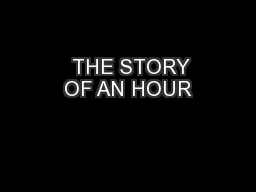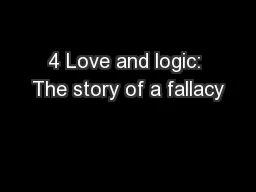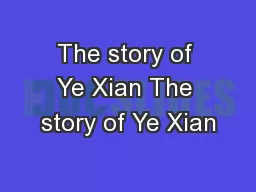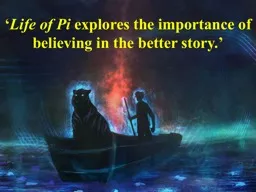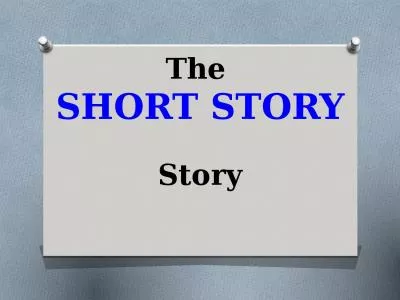PPT-‘The power in the story’
Author : celsa-spraggs | Published Date : 2016-06-14
SILENCING THE PAST POWER AND THE PRODUCTION OF HISTORY MICHELROLPH TROUILLOT 1995 Michel Rolph Trouillot 19492012 Haitian academic and Anthropologist PhD John
Presentation Embed Code
Download Presentation
Download Presentation The PPT/PDF document "‘The power in the story’" is the property of its rightful owner. Permission is granted to download and print the materials on this website for personal, non-commercial use only, and to display it on your personal computer provided you do not modify the materials and that you retain all copyright notices contained in the materials. By downloading content from our website, you accept the terms of this agreement.
‘The power in the story’: Transcript
Download Rules Of Document
"‘The power in the story’"The content belongs to its owner. You may download and print it for personal use, without modification, and keep all copyright notices. By downloading, you agree to these terms.
Related Documents

